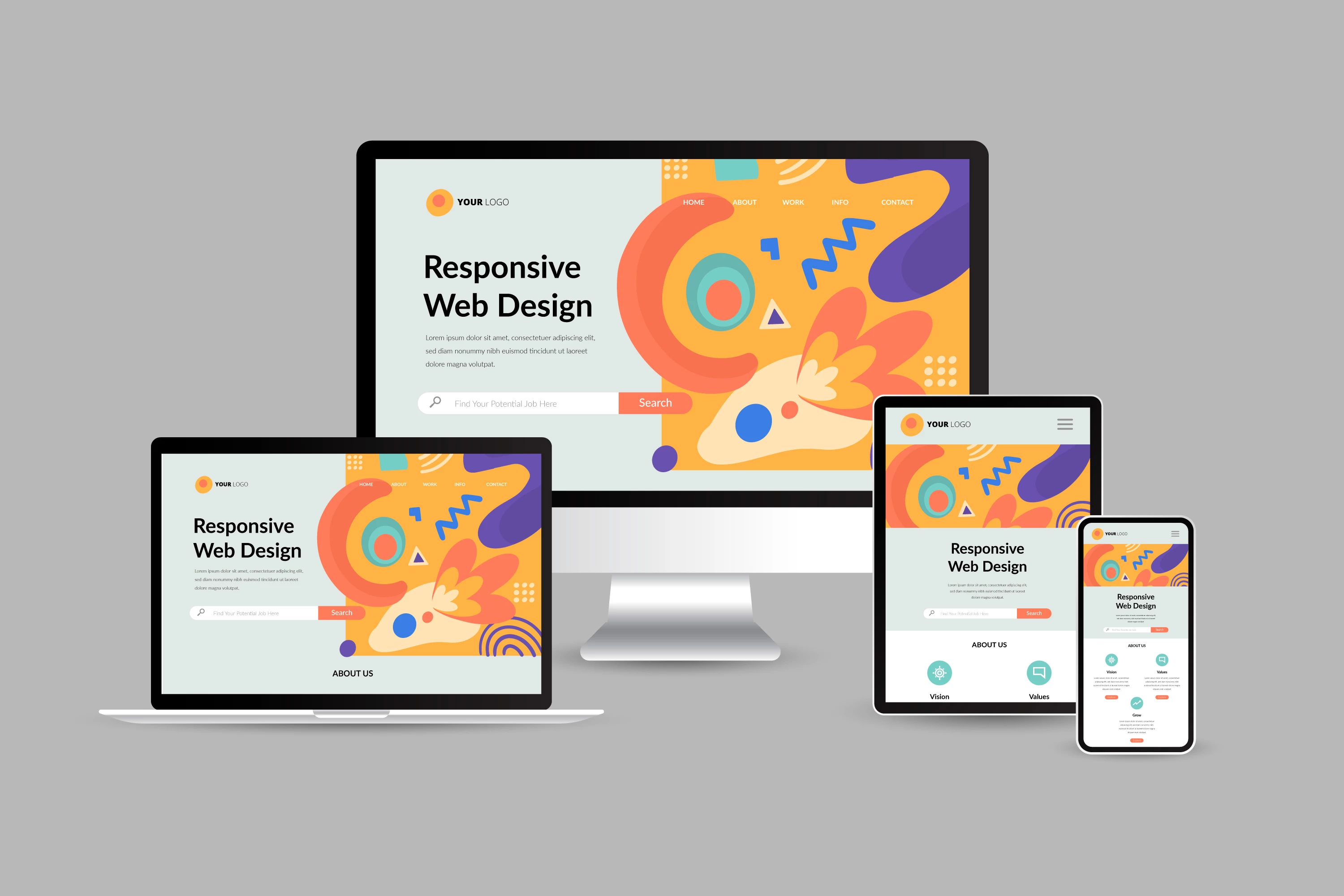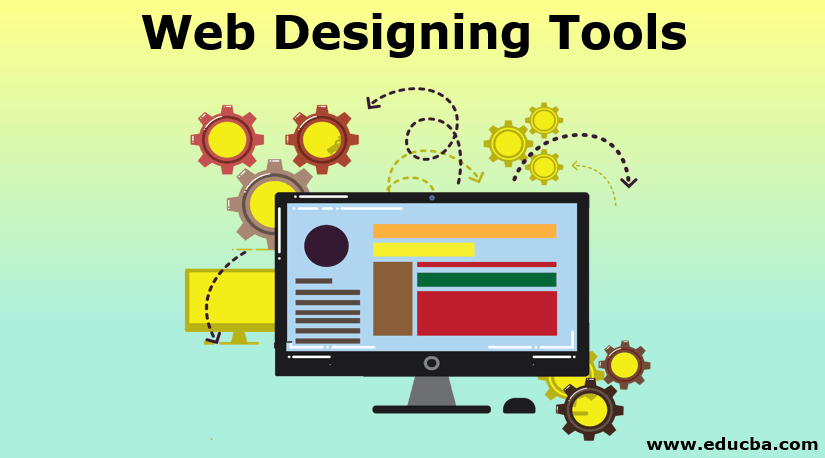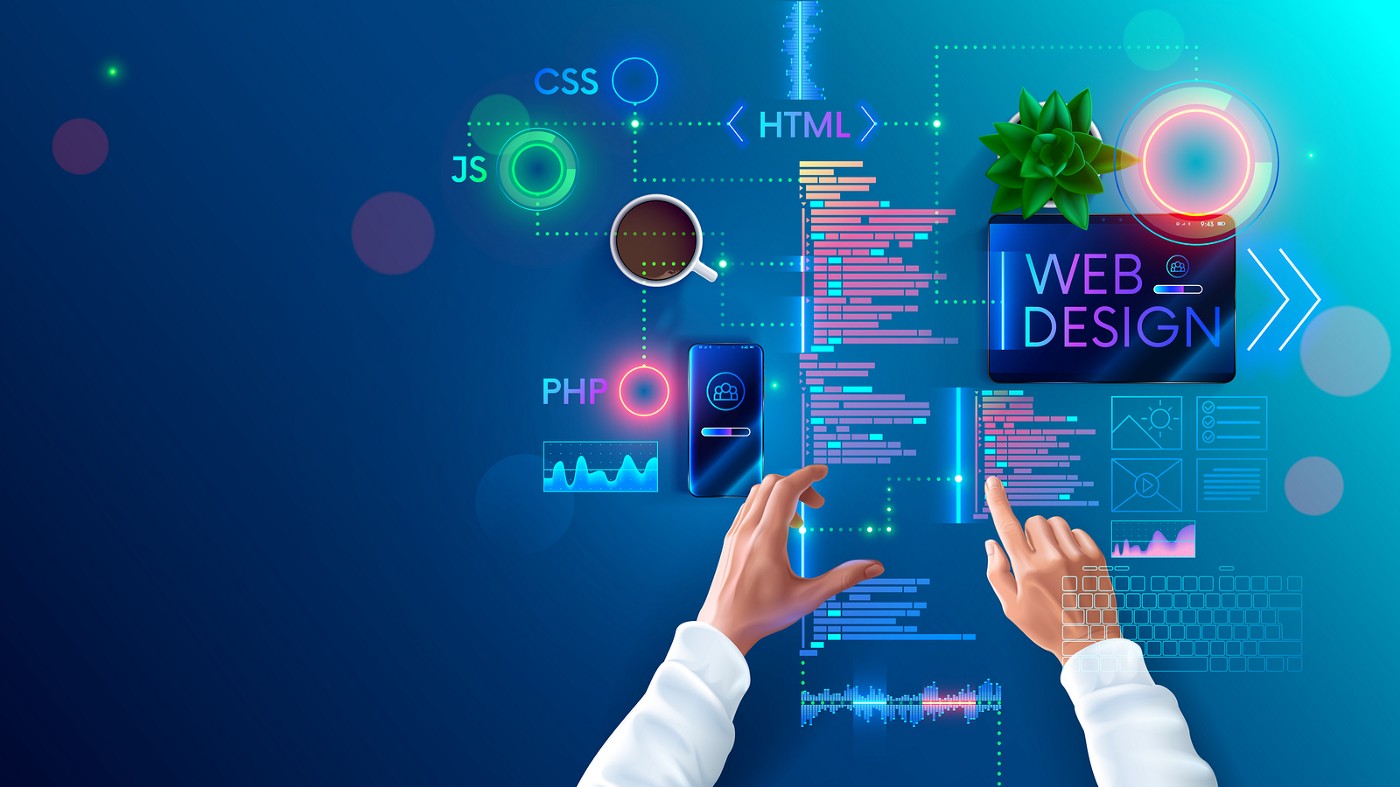Aligned Position Web Design: Creating Custom Websites That Drive Traffic and Increase Conversions
The Ideal Types of Website Design to Boost User Experience and Involvement
In the ever-evolving landscape of digital interaction, the effectiveness of Web design considerably affects individual experience and interaction. Different style strategies, such as minimal, responsive, and interactive designs, each offer distinct advantages that can cater to diverse user needs.
Minimal Website Design
As digital landscapes end up being progressively messy, minimalist Web layout has actually become a powerful method to enhancing customer experience. This layout viewpoint focuses on simpleness, concentrating on necessary aspects while getting rid of unnecessary interruptions. By utilizing enough white room, simple navigation, and a limited shade combination, minimalist design cultivates clearness and directs user focus to crucial content.
The core concept of minimalist Web layout is to develop a smooth interaction for customers. By lowering cognitive lots, individuals can swiftly grasp information without feeling overwhelmed. This direct strategy not just boosts functionality however additionally motivates engagement, as site visitors are more probable to check out a website that is easy and visually enticing to navigate.
In addition, minimalist style usually emphasizes typography and imagery, using these components strategically to communicate messages properly. In significance, minimalist Web design is not just a pattern; it is a thoughtful technique that identifies the importance of user-centered design.
Responsive Website Design
In today's varied electronic setting, receptive Web design has ended up being necessary for developing a smooth user experience across a wide range of gadgets. As customers accessibility sites on mobile phones, tablets, desktops, and laptops, the capacity of a site to adapt its design and web content to various display sizes and resolutions is vital.
Receptive website design uses flexible grids, pictures, and CSS media questions to ensure that Web content is presented optimally, despite the device used. This approach not just boosts the aesthetic allure of an internet site yet additionally dramatically boosts use. Customers are more probable to involve with a site that supplies a regular experience, as it gets rid of the irritation of having to focus or scroll excessively.
Furthermore, online search engine, including Google, focus on mobile-friendly websites in search positions. By embracing receptive style, businesses can boost their exposure and reach a wider audience. This approach likewise simplifies website maintenance, as a solitary version of the website can satisfy all tools, minimizing the need for numerous versions. In recap, responsive Web style is a fundamental technique that improves customer experience, interaction, and total contentment.
Interactive Web Style
Receptive website design prepares for improving customer experience, however interactive Web design takes this an action further by engaging customers in a much more vibrant way - Aligned Position Web Design. By integrating elements such as computer animations, clickable models, and real-time feedback, interactive Web layout mesmerizes customers, drawing them right into a richer surfing experience
This method not just fosters involvement yet additionally motivates users to check out material actively as opposed to passively eating it. Techniques such as gamification, where individuals make incentives for completing tasks, can dramatically boost the moment invested on a website and boost overall satisfaction. Interactive functions can streamline complicated info, making it much more absorbable and satisfying.

Including interactive style aspects can additionally cause higher conversion rates, as customers are more probable to engage with a site that proactively involves them. Aligned Position Web Design. Inevitably, interactive website design changes individual experiences into remarkable journeys, guaranteeing that visitors return time and once again
Flat Layout
Characterized by its minimalistic strategy, flat design highlights simpleness and capability, removing away unnecessary aspects and concentrating on essential features. This style ideology focuses on usability, guaranteeing that customers can browse interfaces with simplicity and effectiveness. By using a tidy visual, flat style eliminates the mess usually found in much more luxuriant styles, consequently boosting user concentrate on material and performance.
The trademark of level design depends on its use bold shades, basic typography, and geometric shapes. These aspects add to an aesthetically attractive interface that is both friendly and contemporary. Additionally, level layout link promotes a sense of quality, enabling users to discern important actions and details without disturbance.
Moreover, flat layout is especially effective in receptive Web layout, as its simpleness converts well throughout different gadgets and screen sizes. By concentrating on necessary functions, level style not just fulfills individual requirements yet additionally encourages seamless communication, making it a vital element of effective Web style strategies.
Flexible Web Design
Adaptive Web style personalizes the customer experience by developing multiple repaired designs tailored to different screen dimensions and gadgets. Unlike receptive layout, which fluidly readjusts a solitary layout, adaptive design employs unique designs for certain breakpoints, ensuring optimal presentation on various platforms. This technique permits developers to focus on the distinct features of each tool, boosting usability by providing specifically what customers need based on their context.
Among the main advantages of adaptive website design is its ability to optimize load times and efficiency. By offering customized material and pictures that fit the user's device, websites can lessen data usage and improve loading speeds. This is particularly helpful for individuals with slower connections or limited information strategies.

Furthermore, adaptive style helps with an extra controlled and regular branding experience. Given that designers develop several layouts, they can make sure that the aesthetic aspects align with the brand name's identification throughout different systems - Aligned Position Web Design. This leads to a natural individual experience, boosting engagement and promoting customer retention
Verdict
Finally, the integration of minimal, receptive, and interactive website design principles substantially boosts user experience and interaction. Minimalist style cultivates quality and emphasis, while responsive style makes certain flexibility throughout various devices, promoting availability. Interactive design mesmerizes individuals with vibrant aspects, motivating expedition and personalization. Jointly, these style comes close to add to the production of straightforward settings that not just boost satisfaction however likewise drive higher conversion rates, underscoring their crucial importance in contemporary Web layout strategies.

Minimal layout fosters clearness and emphasis, while receptive layout makes certain adaptability throughout various devices, advertising availability. Jointly, these style comes close to add to the development of easy to use atmospheres that not only enhance complete satisfaction however find out here now likewise drive higher conversion rates, underscoring their critical importance in contemporary Web design techniques.